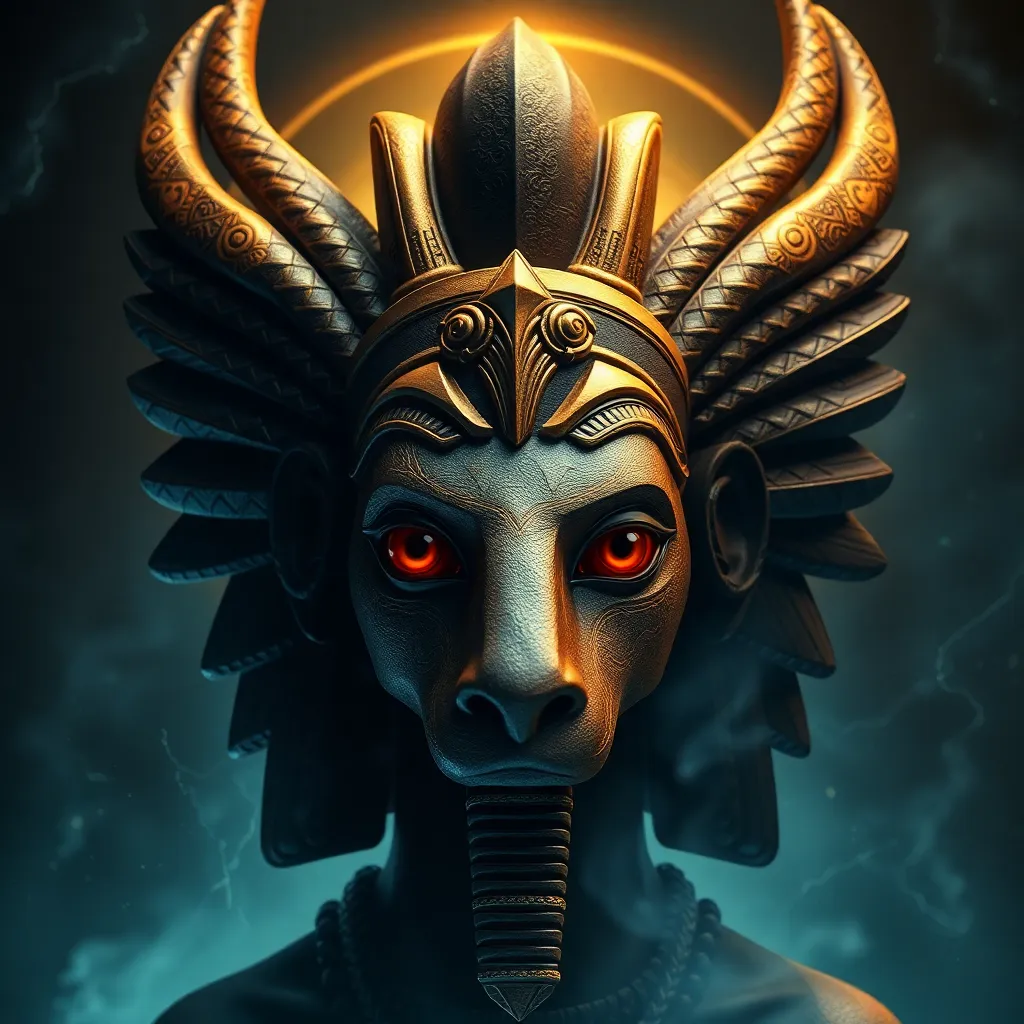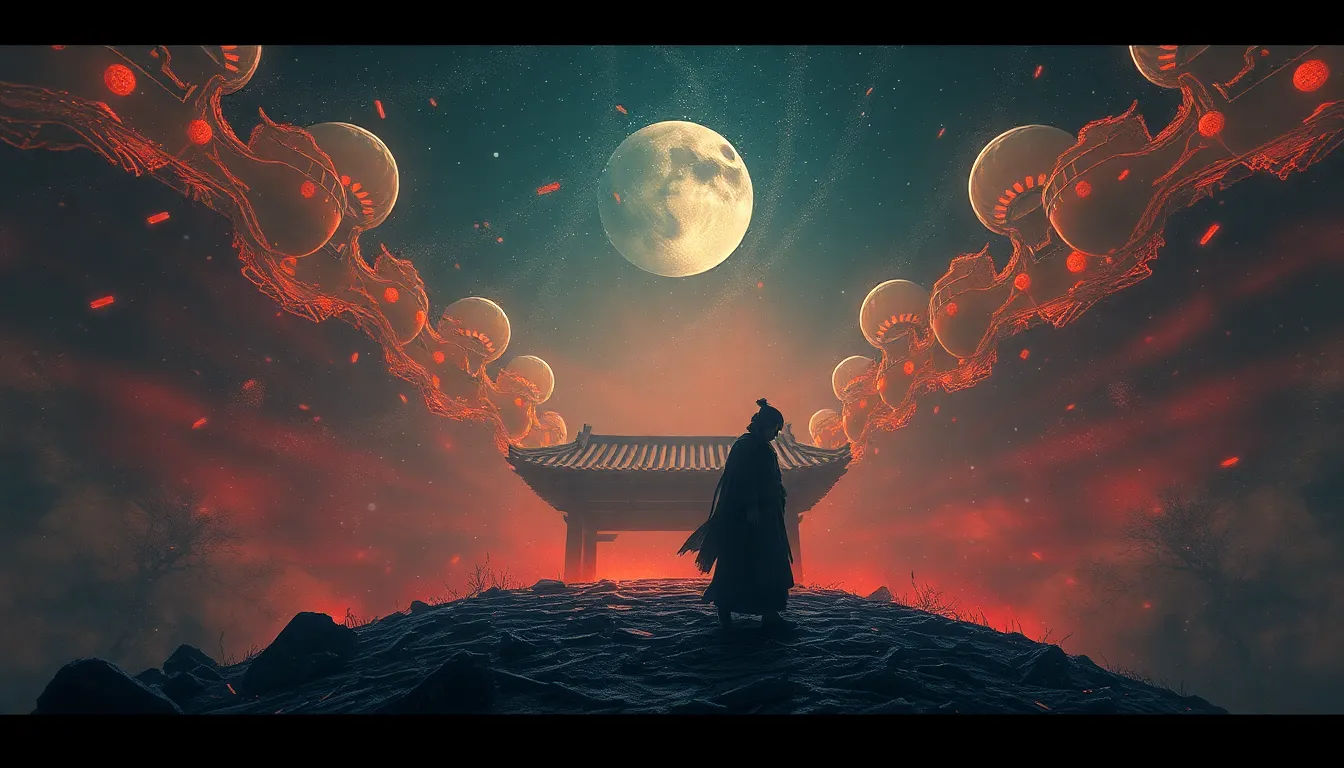The Baku and the Power of Dreams: Examining the Psychological Aspects of the Myth
Introduction to the Baku Myth
The Baku is a fascinating cultural symbol that has its roots deeply embedded in various traditions, particularly in East Asian cultures. It is often depicted as a creature that resembles a tapir or a fusion of different animals, including elephants and lions. The Baku is not merely a mythological creature; it embodies the hopes, fears, and the complex relationship humans have with their dreams. Historically, the Baku has been revered in Japan, China, and even in some Southeast Asian cultures, where it is celebrated as a protector against nightmares and negative dreams.
Dreams have been a significant aspect of human experience throughout history, serving as a window into our subconscious, a source of inspiration, and a means of processing emotions. The cultural importance of dreams varies widely, but they often reflect societal values, fears, and aspirations. The Baku myth illustrates the universal human desire to understand and control the dream state, highlighting the intricate interplay between culture and psychology.
The Baku: A Symbol of Dream Interpretation
The Baku is characterized by its unique appearance, often depicted with a long nose, tusks, and a body covered in fur. In traditional lore, it is said that the Baku can consume nightmares, allowing individuals to wake up refreshed and free of anxiety. This powerful symbolism places the Baku at the heart of dream interpretation practices, particularly in cultures that prioritize the significance of dreams in daily life.
In Japan, the Baku is considered a guardian of dreams, and it is common for individuals to call upon its presence before sleeping. The phrase “Baku, come eat my dreams” is often recited to invoke the creature’s protective powers. Similarly, in Chinese culture, the Baku, known as “Baku,” holds a prominent role in folklore and is associated with good fortune and the elimination of bad dreams.
Across various cultures, the Baku serves not only as a dream protector but also as a bridge to understanding the deeper meanings of our dreams. The interpretation of dreams involving the Baku can vary significantly, emphasizing its adaptability across different cultural contexts.
Psychological Underpinnings of Dreams
Dream psychology delves into the theories and interpretations behind the messages our dreams convey. Sigmund Freud, one of the pioneers of dream analysis, suggested that dreams are a manifestation of our subconscious desires and unresolved conflicts. Carl Jung expanded on this, proposing that dreams serve as a means of communicating with the unconscious mind.
- Nightmares: Nightmares can be particularly distressing, often reflecting our deepest fears and anxieties. The Baku is believed to play a crucial role in alleviating these fears, providing a sense of comfort during troubling dream states.
- Subconscious Fears: Cultural mythologies, such as that of the Baku, often embody these fears, offering a narrative framework through which individuals can confront and process their subconscious worries.
The Baku as a Psychological Archetype
From a psychological standpoint, the Baku can be analyzed as a Jungian archetype, representing the aspects of the psyche that confront our fears and insecurities. Jung theorized that archetypes exist within the collective unconscious, influencing human behavior and thought patterns.
The Baku embodies themes of transformation, protection, and the integration of the shadow self—those parts of ourselves we often repress. By engaging with the Baku in dreams, individuals may confront their shadow selves, leading to personal growth and healing.
Cultural Variations and Interpretations of the Baku
Different cultures interpret the role of the Baku uniquely, reflecting their own values and beliefs regarding dreams. In Japanese culture, the Baku is often seen as a benevolent figure that brings good fortune, while in Chinese culture, it is associated with the ability to ward off evil spirits.
When compared to other dream-related figures, such as Morpheus from Greek mythology and the Sandman from Western folklore, the Baku stands out for its protective qualities and its direct connection to nightmares. These comparative analyses reveal how cultural narratives shape our understanding of dreams and influence psychological interpretations.
The Role of Rituals and Practices Involving the Baku
Traditionally, rituals associated with invoking the Baku include practices such as drawing pictures of the creature, reciting prayers, or placing talismans under pillows to attract good dreams. These rituals serve not only to connect individuals with the Baku myth but also to create a psychological framework that reduces anxiety related to sleep.
In modern contexts, adaptations of these rituals persist, with individuals incorporating Baku-themed art or literature into their dream practices. The psychological impact of such rituals can be profound, providing individuals with a sense of agency over their dream experiences and alleviating feelings of helplessness associated with nightmares.
The Baku in Contemporary Psychology
The relevance of the Baku myth extends into modern therapeutic practices, where dream analysis plays a vital role in understanding and treating psychological issues. Therapists may encourage clients to explore their dreams, including the presence of figures like the Baku, to uncover deeper meanings and insights into their emotional states.
Case studies demonstrate the effectiveness of dream analysis in therapeutic settings, where individuals confront their nightmares and integrate these experiences into their waking lives. The therapeutic potential of mythological figures, including the Baku, offers a unique lens through which to understand dreams and their impact on mental health.
Conclusion: Dreams as a Window to the Psyche
In summary, the Baku serves as a powerful symbol in dream psychology, illustrating the significance of dreams in understanding the human psyche. Its role as a protector against nightmares underscores the importance of addressing fears and anxieties within our subconscious.
The implications of the Baku myth extend beyond cultural folklore, offering valuable insights into the relationship between dreams and mental health. As research continues to explore the intersections of myth, dreams, and psychological well-being, the Baku may serve as a guiding figure, illuminating the path toward greater self-awareness and healing.



